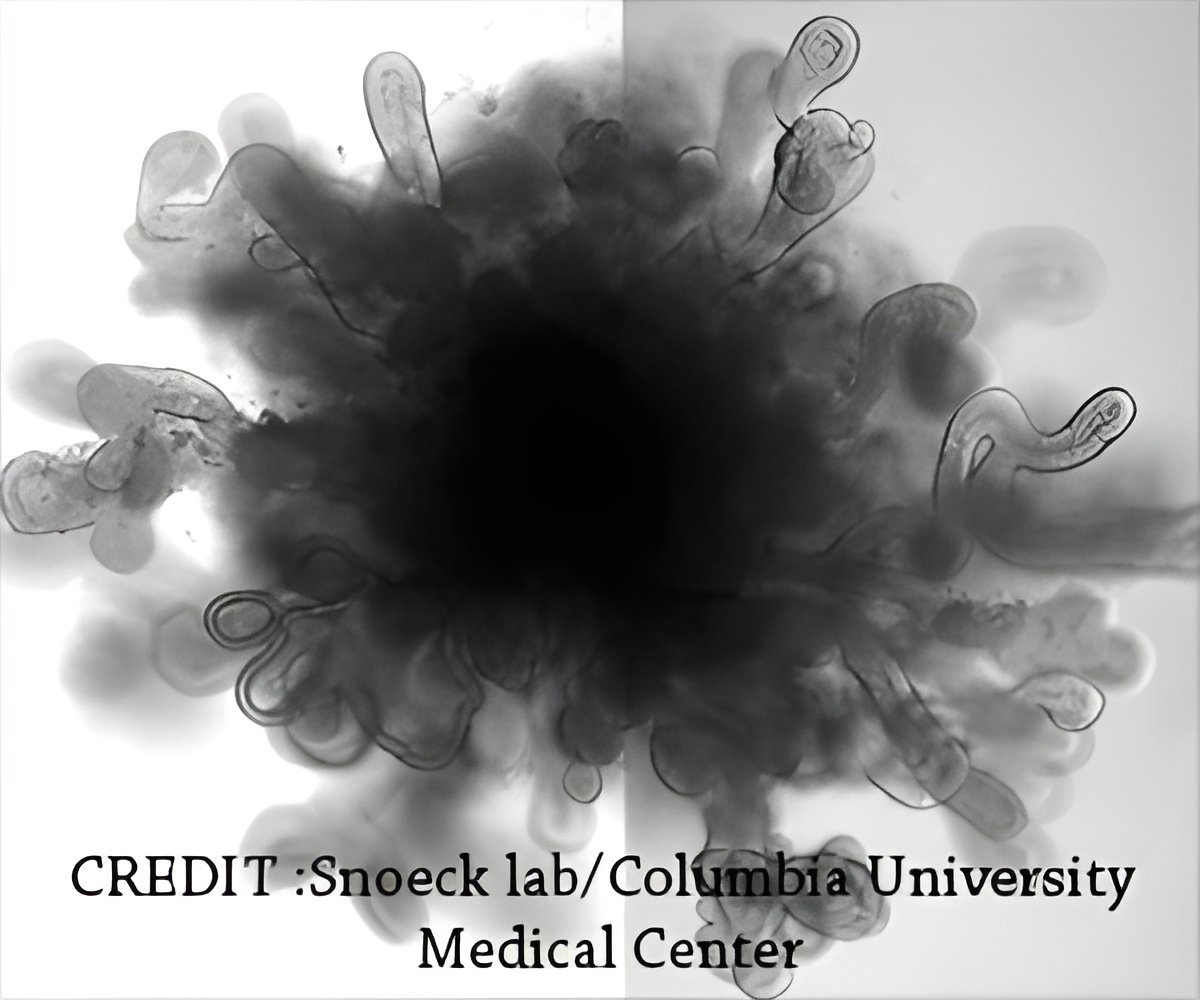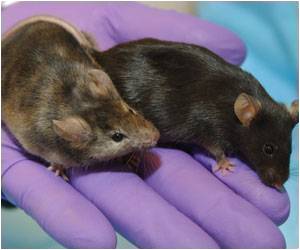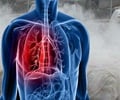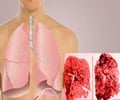Lung “organoids” are mini organs that could mimic features of a full-sized lung and could help in understanding and treating respiratory disorders.

‘Mini organ in the dish has been found to mimic features of a full-sized lung and could aid in understanding, treating respiratory diseases.’





A paper detailing the discovery was published in the April 24 online issue of Nature Cell Biology.Organoids are 3-D structures containing multiple cell types that look and function like a full-sized organ. By reproducing an organ in a dish, researchers hope to develop better models of human diseases, and find new ways of testing drugs and regenerating damaged tissue.
"Researchers have taken up the challenge of creating organoids to help us understand and treat a variety of diseases," said Hans-Willem Snoeck, PhD, professor of medicine (in Microbiology & Immunology) at CUMC and lead investigator of the study. "But we have been tested by our limited ability to create organoids that can replicate key features of human disease."
The lung organoids created in Dr. Snoeck’s lab are the first to include branching airway and alveolar structures, similar to human lungs.
To demonstrate their functionality, the researchers showed that the organoids reacted in the same way a real lung does when infected with respiratory syncytial virus (RSV). Additional experiments revealed that the organoids also responded as a human lung would when carrying a gene mutation linked to pulmonary fibrosis.
Advertisement
"Organoids, created with human pluripotent or genome-edited embryonic stem cells, may be the best, and perhaps only, way to gain insight into the pathogenesis of these diseases," Dr. Snoeck says.
Advertisement
Source-Eurekalert











